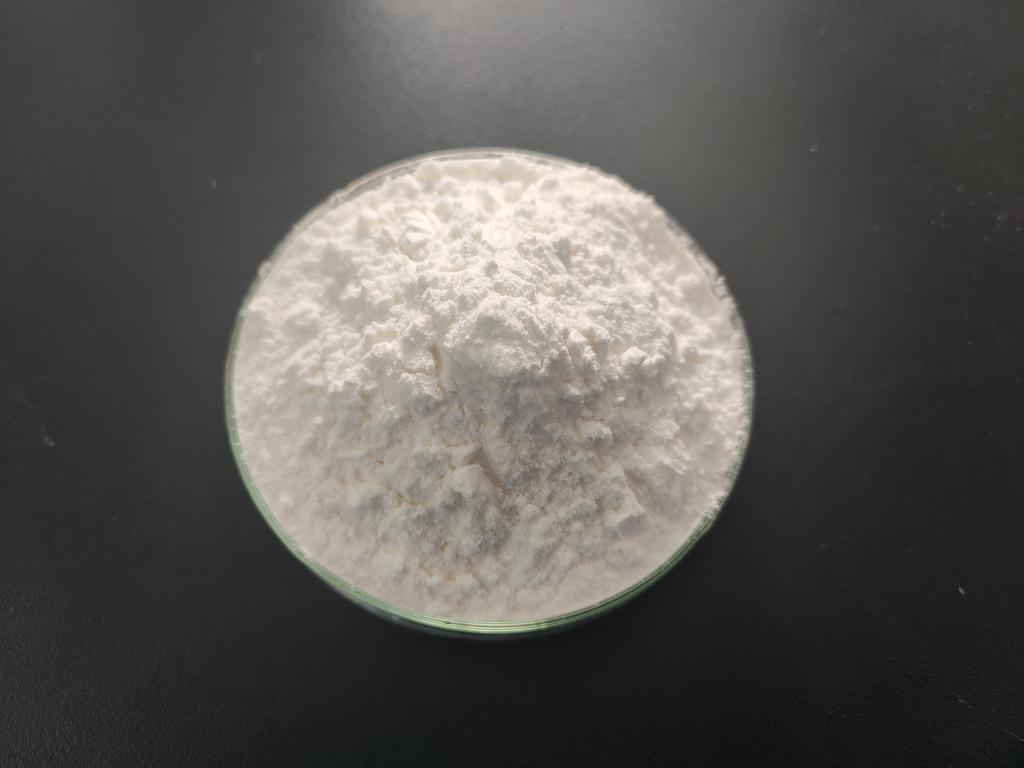Tel:+8618231198596

News
 CONTACT
CONTACT
 CONTACT
CONTACT
- Linkman:Linda Yao
- Tel: +8618231198596
- Email:linda.yao@dcpharma.cn
- Linkman:CHARLES.WANG
- Department:Overseas
- Tel: 0086 0311-85537378 0086 0311-85539701
News
Exploring the mechanism of action of ε-Polylysine hydrochloride against various microorganisms.
TIME:2024-04-17
Structure and Properties of ε-Polylysine Hydrochloride:
ε-Polylysine hydrochloride is a cationic polypeptide composed of repeating units of L-lysine linked by peptide bonds. Its structure consists of a linear chain of positively charged lysine residues, with a net positive charge imparted by protonation of the amino groups under acidic conditions. This cationic nature is crucial for ε-PL's antimicrobial activity, as it enables electrostatic interactions with negatively charged components of microbial cell membranes.
Disruption of Microbial Cell Membranes:
One of the primary mechanisms by which ε-PL exerts its antimicrobial activity is through the disruption of microbial cell membranes. The positively charged lysine residues in ε-PL interact with negatively charged components of microbial cell membranes, such as phospholipids and lipopolysaccharides, leading to membrane destabilization and permeabilization.
Electrostatic Interactions: The electrostatic attraction between ε-PL and microbial cell membranes facilitates its binding to the cell surface. The positively charged lysine residues of ε-PL interact with negatively charged components of the cell membrane, disrupting membrane integrity and inducing leakage of intracellular contents.
Membrane Perturbation: Upon binding to microbial cell membranes, ε-PL induces structural changes in the lipid bilayer, leading to membrane perturbation and destabilization. This disruption compromises membrane integrity, resulting in loss of membrane potential, leakage of cellular constituents, and ultimately, cell death.
Selective Targeting: ε-PL exhibits selective targeting towards microbial cell membranes due to their higher negative charge density compared to mammalian cell membranes. This selective action minimizes cytotoxicity towards host cells while effectively inhibiting the growth of microbial pathogens.
Inhibition of Cellular Metabolism:
In addition to membrane disruption, ε-PL interferes with microbial cellular metabolism, further contributing to its antimicrobial effects. By disrupting essential metabolic processes, ε-PL inhibits microbial growth and proliferation, ultimately leading to cell death.
Protein Synthesis Inhibition: ε-PL inhibits protein synthesis in microbial cells by binding to ribosomes and interfering with the translation process. This disruption of protein synthesis impairs cellular metabolism and reduces the production of essential proteins required for microbial growth and survival.
Enzyme Inactivation: ε-PL may also inhibit microbial enzyme activity by binding to enzymes involved in cellular metabolism. This enzyme inactivation disrupts key metabolic pathways, such as glycolysis and nucleotide biosynthesis, leading to metabolic dysfunction and microbial death.
DNA/RNA Interactions: ε-PL may interact with microbial nucleic acids, such as DNA and RNA, disrupting their structure and function. This interference with nucleic acid metabolism impairs microbial replication and transcription, further inhibiting cell proliferation and viability.
Antimicrobial Spectrum and Efficacy:
ε-Polylysine hydrochloride exhibits broad-spectrum antimicrobial activity against various microorganisms, including bacteria, yeast, and molds. Its effectiveness against both Gram-positive and Gram-negative bacteria, as well as fungal pathogens, makes it a versatile antimicrobial agent for diverse applications.
Bacterial Inhibition: ε-PL is effective against a wide range of bacterial pathogens, including common foodborne pathogens such as Escherichia coli, Salmonella spp., Listeria monocytogenes, and Staphylococcus aureus. Its ability to disrupt bacterial cell membranes and interfere with cellular metabolism contributes to its potent bactericidal activity.
Antifungal Activity: ε-PL exhibits antifungal activity against yeast and mold pathogens, including Candida albicans, Saccharomyces cerevisiae, and Aspergillus spp. Its mechanism of action against fungal cells involves membrane disruption and interference with fungal metabolism, leading to fungal growth inhibition and cell death.
Preservation Applications: The broad-spectrum antimicrobial activity of ε-PL makes it suitable for various preservation applications in the food industry, including meat, poultry, seafood, dairy, and bakery products. Its effectiveness in inhibiting microbial growth and extending the shelf life of food products contributes to enhanced food safety and quality.
Resistance Development and Cross-Resistance:
Despite its potent antimicrobial activity, the development of resistance to ε-PL remains relatively low compared to conventional antibiotics. This may be attributed to the multifaceted mechanism of action of ε-PL, which targets multiple cellular processes and reduces the likelihood of resistance development.
Mechanism-Based Resistance: Resistance to ε-PL may arise from alterations in microbial cell membrane composition or metabolism, rendering cells less susceptible to its antimicrobial effects. However, such mechanism-based resistance mechanisms are relatively rare and may require significant genetic changes in microbial populations.
Cross-Resistance: Cross-resistance between ε-PL and conventional antibiotics is minimal due to differences in their mechanisms of action and molecular targets. This lack of cross-resistance makes ε-PL a valuable alternative to conventional antibiotics for combating multidrug-resistant pathogens and reducing the risk of antibiotic resistance development.
Conclusion:
ε-Polylysine hydrochloride exhibits potent antimicrobial activity against various microorganisms through mechanisms involving membrane disruption and interference with cellular metabolism. Its broad-spectrum efficacy, low resistance development, and minimal cross-resistance make it a promising antimicrobial agent for diverse applications in food preservation, healthcare, and biotechnology. Further research into the molecular mechanisms underlying ε-PL's antimicrobial activity and its potential synergistic interactions with other antimicrobial agents will enhance our understanding of its therapeutic potential and contribute to the development of novel antimicrobial strategies.
- Tel:+8618231198596
- Whatsapp:18231198596
- Chat With Skype







